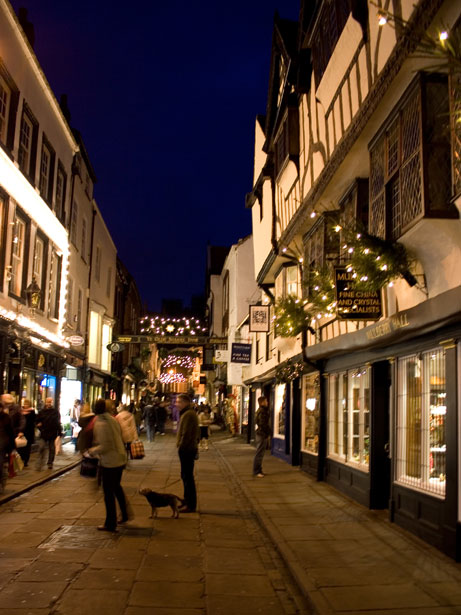£500,000 scheme takes up significant proportion of this years highways resurfacing budget

For the first time in a generation, City of York Council is completely repaving Stonegate.
Over the years the council has replaced damaged or worn paving stones but is now investing around £500,000 to fully repave the entire length of Stonegate, with natural Yorkstone paving and concrete foundations.
Over time there has been significant defects in the surface of the road, where paving slabs are broken and uneven, which make it unsafe for pedestrians.
The scheme will enhance the street’s appearance and character, creating a more pedestrian-friendly environment, attracting more people into the area and improving access for pedestrians.
The works will be split into four phases with each phase taking around four weeks to complete and will start from Monday 6 January until Friday 3 April.
It’s estimated that a scheme of this size would normally take around four months to complete. The council will aim to do as much work as possible (weather permitting) before the Easter break, when work will stop.
Over 20 retailers and businesses fed back at a session in November to say they would prefer the council to carry out this scheme in the quieter months of January to March.
This feedback has all been taken on board and works will stop before the Easter holidays start and the council will come back in early 2021 to fully complete the scheme (around an additional four weeks) – if the council is unable to complete the works beforehand.
Cllr Andy D’Agorne, Executive Member for Transport, said: “Stonegate is steeped in history and was one of the first paved-roads in York, which was a direct route to transport the Minster stone whist it was being built. It’s one of the most loved streets in our city centre so this investment will ensure the street keeps its special character.”
Although loved for its paving, Stonegate wasn’t always a paved-road. Photographs sourced from the Explore York Archives show Stonegate’s surface was made up of sets/cobbles in the 1890s and in the 1940s was a tarmac surface.
The high cost of resurfacing this, relatively modest, length of road highlights just how inadequate the Councils highway maintenance budgets are.

